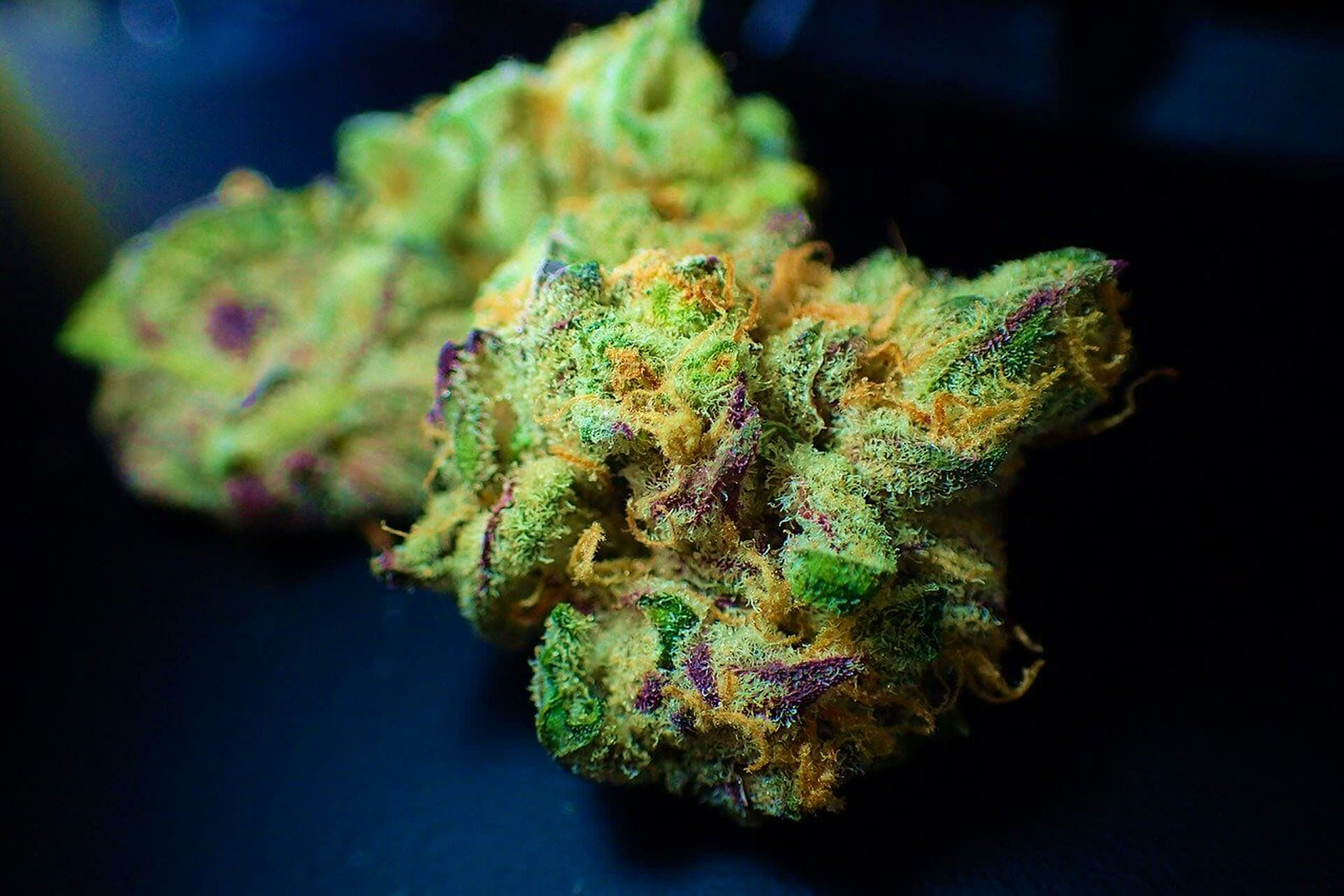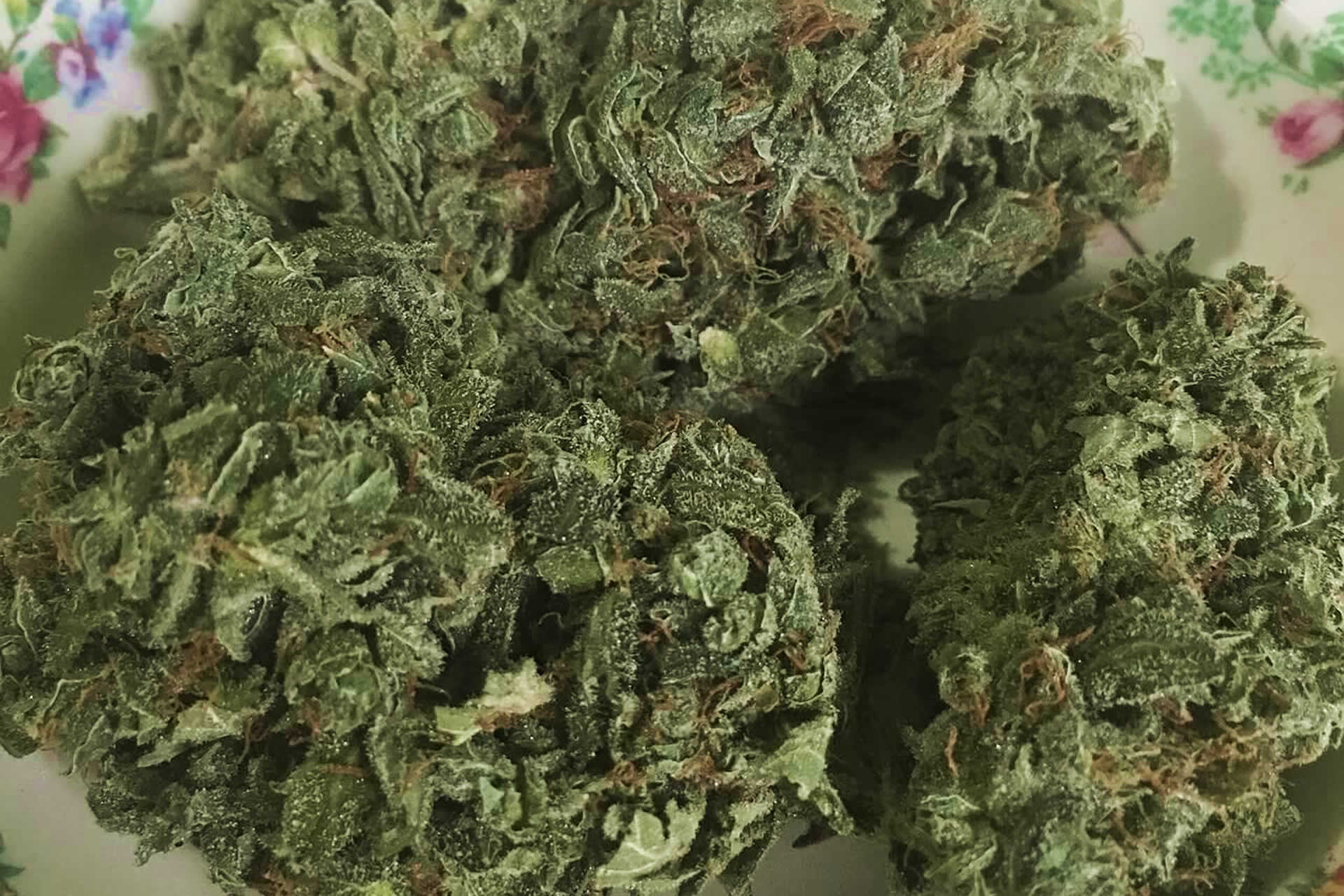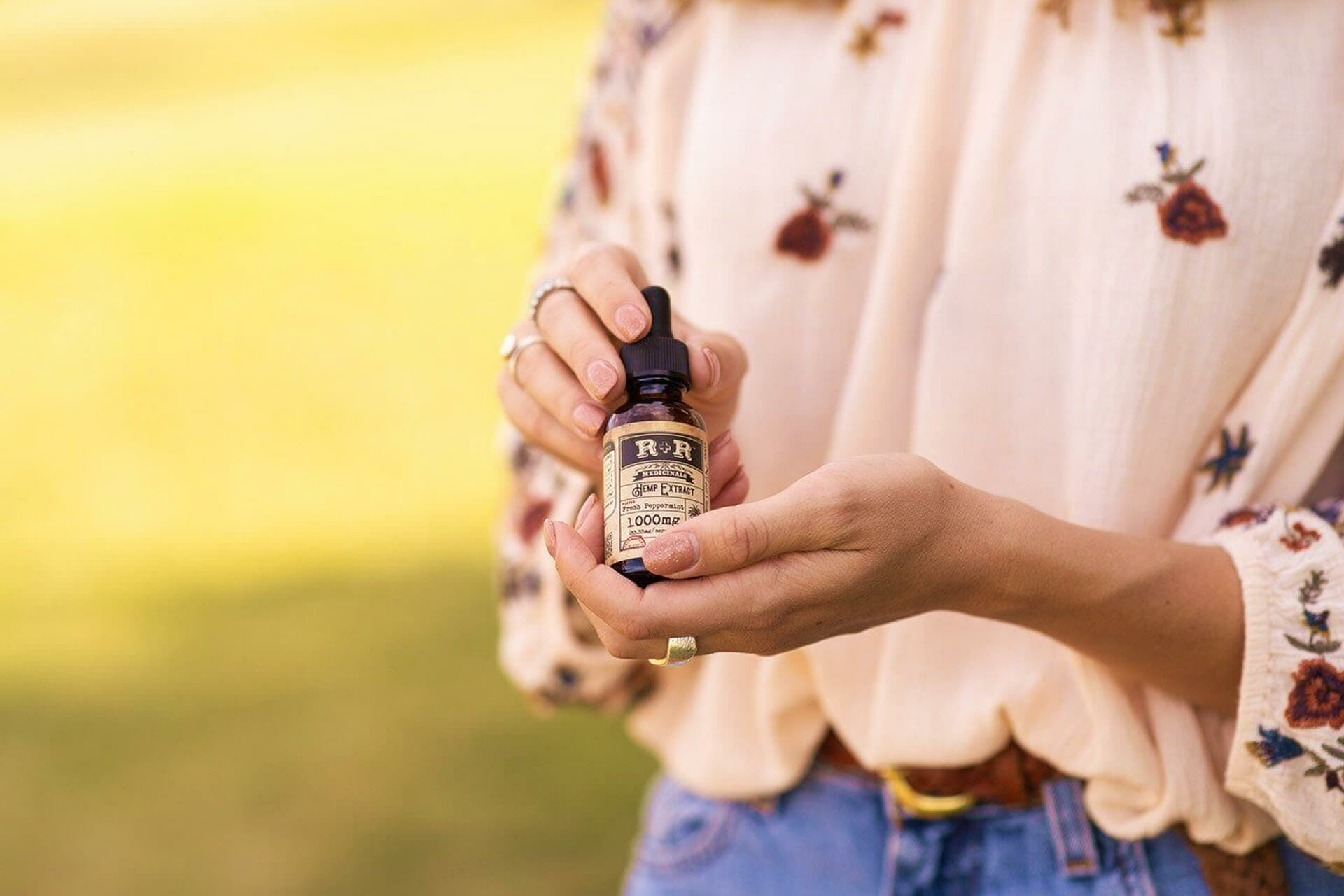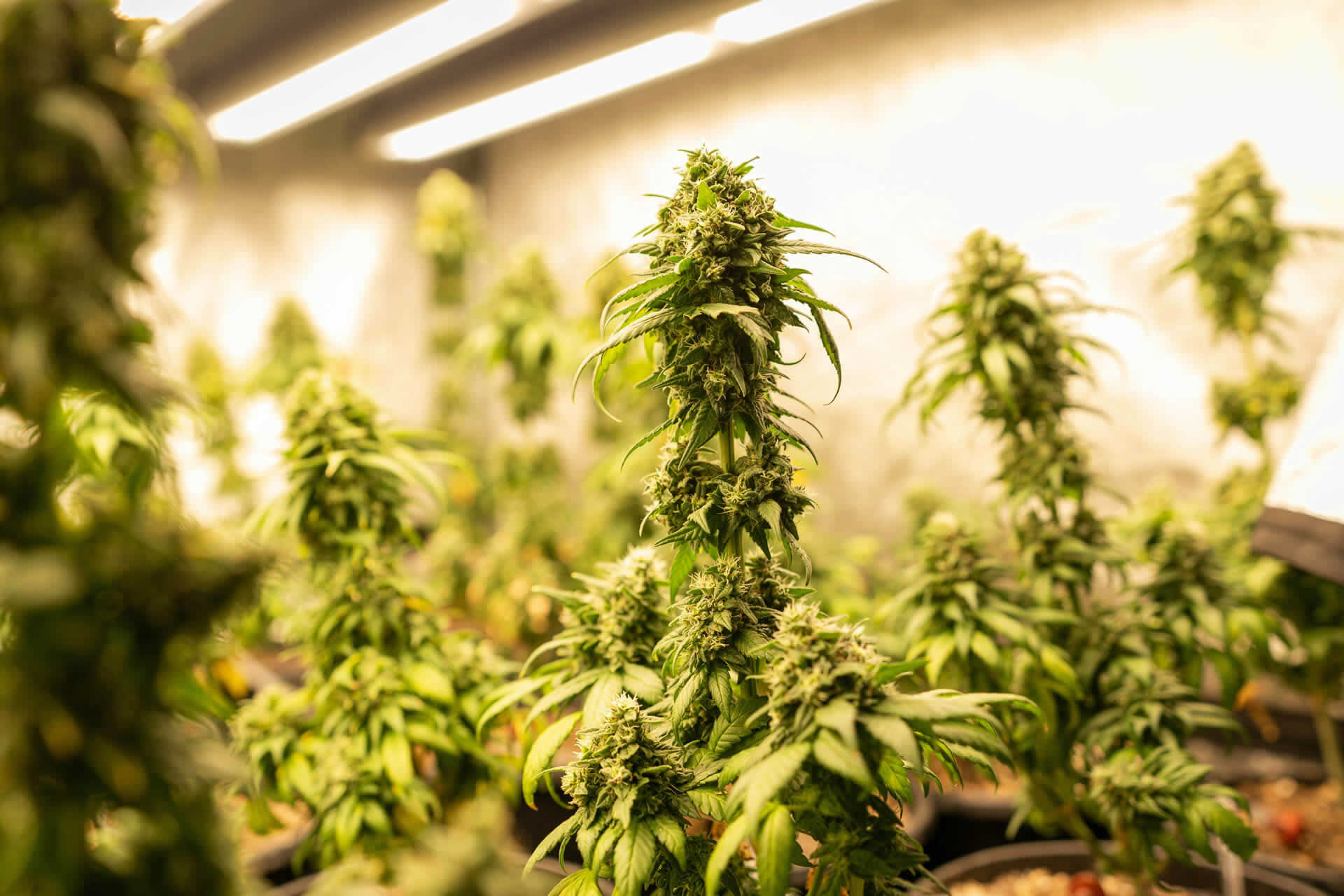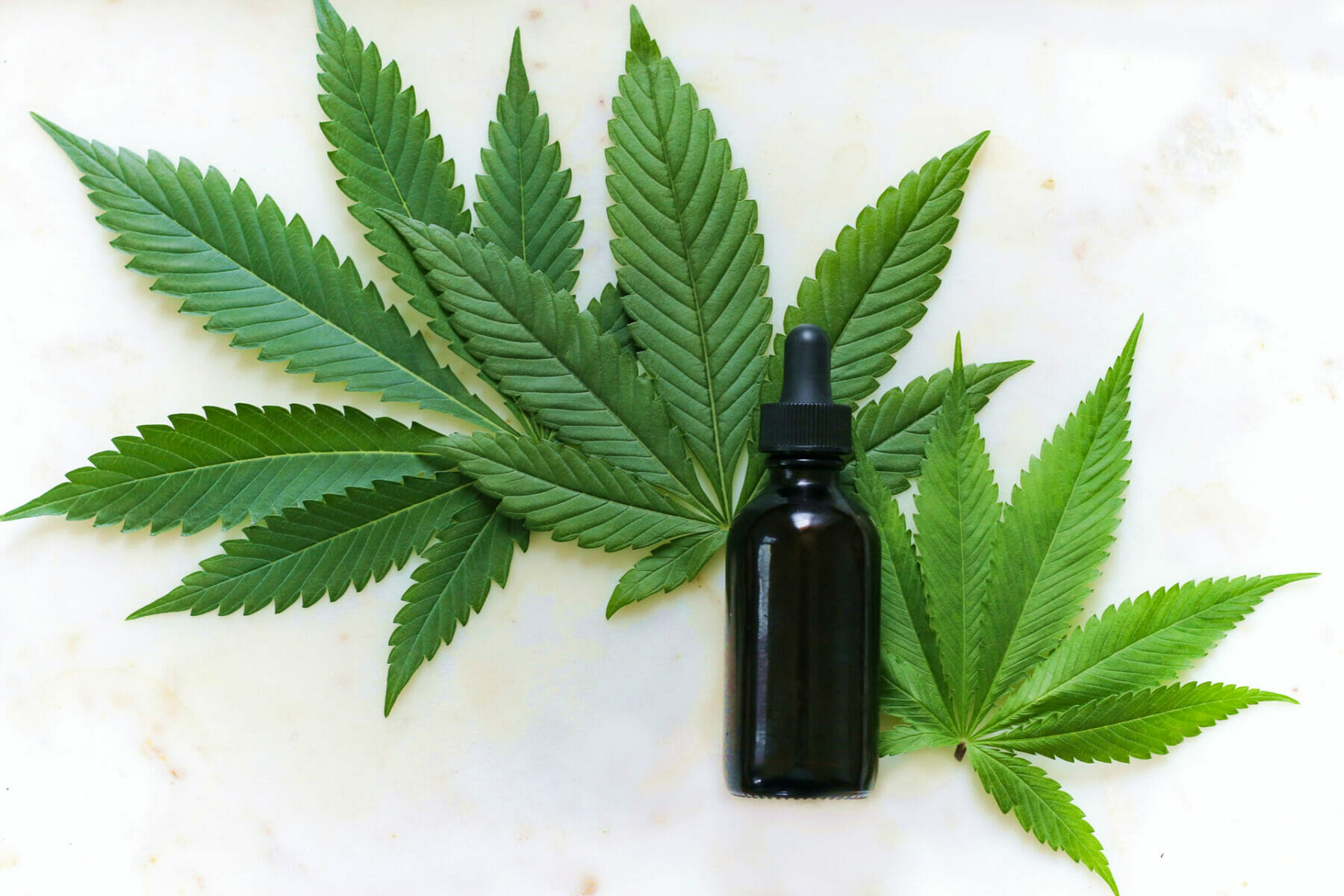Medical Cannabis Has Advantages For Muscle Spasms
Medical Cannabis Has Advantages For Muscle Spasms
Coping With Muscle Spasms Is Hard
Some states are enacting legislation that would allow patients in using medical cannabis. So, what is it used for, and who may and should use it?
If you reside in a state where medicinal cannabis is allowed, and your doctor believes it might be beneficial, you will be issued a cannabis card. It will add you to a list that will enable you to purchase cannabis from an authorized vendor known as a dispensary.
The most common reason for requesting a prescription is for muscle spasms. Coping with muscle spasms is a lifestyle for most of the world's 2.5 million individuals with multiple sclerosis.
People with spinal cord injuries have similar symptoms, which cause discomfort, restrict mobility, and disrupt sleep. While some conventional drugs might help ease their symptoms, they seldom give total relief. The medications often produce weakness, sleepiness, and other unpleasant side effects.
What Is Muscle Spasm?
A muscle spasm, also known as muscle cramp, is a painful muscle contraction. It arises when your muscle tightens excessively and cannot relax. It may affect any muscle and is relatively prevalent. Muscle spasms may affect a single muscle or a group of muscles simultaneously.
Furthermore, muscle cramps are common. They may occur in any portion of the body. However, they most often affect the following:
- Hands
- Thighs
- Intercostal muscles that are located around the ribcage
- Feet
- Arms
- Abdomen
Even though there are methods to prevent and cure muscle spasms, they are not always effective. Nevertheless, massage, medical cannabis, stretching, and relaxants may assist.
However, muscle spasms are more common in some persons than in others. The people who are more vulnerable to this condition are:
- Athletes
- Pregnant women
- Older adults
- Obese people
Risk Factors For Muscle Spasm
Although causes of the muscle spasm are unknown, risk factors may include the following:
- Poor physical condition
- Physical overexertion
- Muscle injury
- Excessive perspiration
- Reduced blood supply
- Inflexible, tight muscles
- Poor muscle tone
- Inadequate diet
- Cold muscles physical extortion
- Muscle fatigue
- Dehydration
What Is Medical Cannabis?
In general, medicinal cannabis is prescribed to alleviate the muscle spasms symptoms. It is essential to differentiate between recreational and medicinal cannabis.
Conventional drugs function or do not work for certain persons suffering from chronic or fatal conditions. Furthermore, although traditional medications may work for specific individuals, they might have terrible adverse effects that cannabis can help to alleviate.
How Can Medical Cannabis Aid In Managing Muscle Spasms?
Medical cannabis may be used as an alternative to standard treatments. It has become a more popular treatment option for those suffering from persistent muscle spasms. Conventional drugs, for example, may induce a slew of adverse effects such as nausea, stomach distress, ulcers, and gastrointestinal bleeding.
Medical marijuana may not have the same adverse side effects as recreational marijuana. Here are some ways on how medicinal marijuana may help you in relieving muscle spasms:
- It may alleviate your discomfort to the point that you can keep an active lifestyle.
- Muscle spasms may result in depression, sleeplessness, and anxiety. These symptoms may be relieved or reduced with medical cannabis.
- It may help you avoid potentially harmful and addictive drugs while improving your general quality of life.
Side Effects Of CBD For Glaucoma
Glaucoma is defined by visual nerve damage and excessive intraocular pressure. Open-angle glaucoma is the most prevalent kind of glaucoma and is a progressive and chronic illness that may be difficult to control. More individuals are becoming interested in the possibility that marijuana or CBD oil might assist this eye problem as medical cannabis becomes more prominent.
Medicinal authorities believe that no kind of medical marijuana, particularly CBD products, aids in treating glaucoma symptoms. Specific forms of medicinal marijuana may exacerbate symptoms and cause more eye damage.
THC, not CBD, briefly decreases IOP in the limited medical trials on marijuana and intraocular pressure. However, this effect does not endure long enough to be considered an excellent medical treatment. Marijuana may also be addicting.
Further research has shown that CBD in medical cannabis might marginally boost intraocular pressure while decreasing blood flow. Both things may cause damage to the nerve's optic.
In the current state of research, cannabis seems to be an effective treatment for muscle spasms, neuropathic (nerve) pain, and chronic pain associated with diseases such as paraplegia or multiple sclerosis. Nevertheless, in the majority of states that have legalized medicinal cannabis, you may use cannabis to alleviate severe or chronic pain, as well as severe or persistent muscular spasms, among other conditions.




